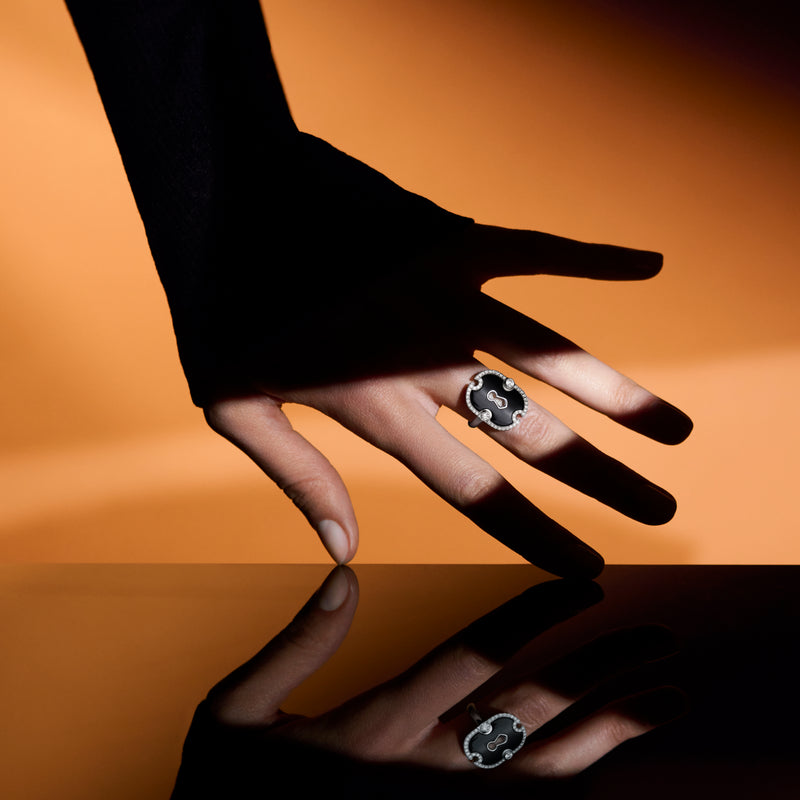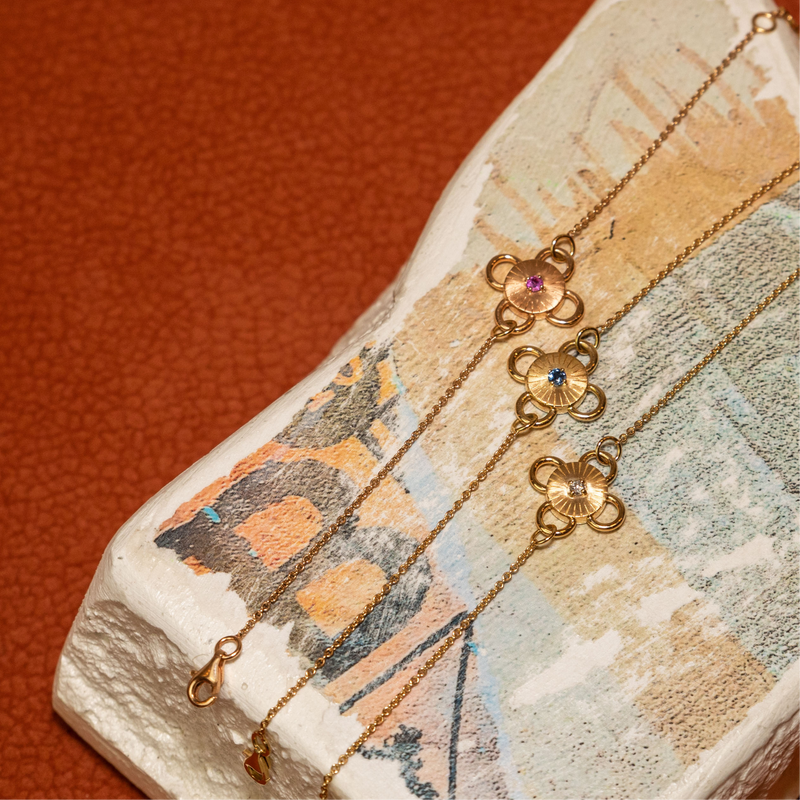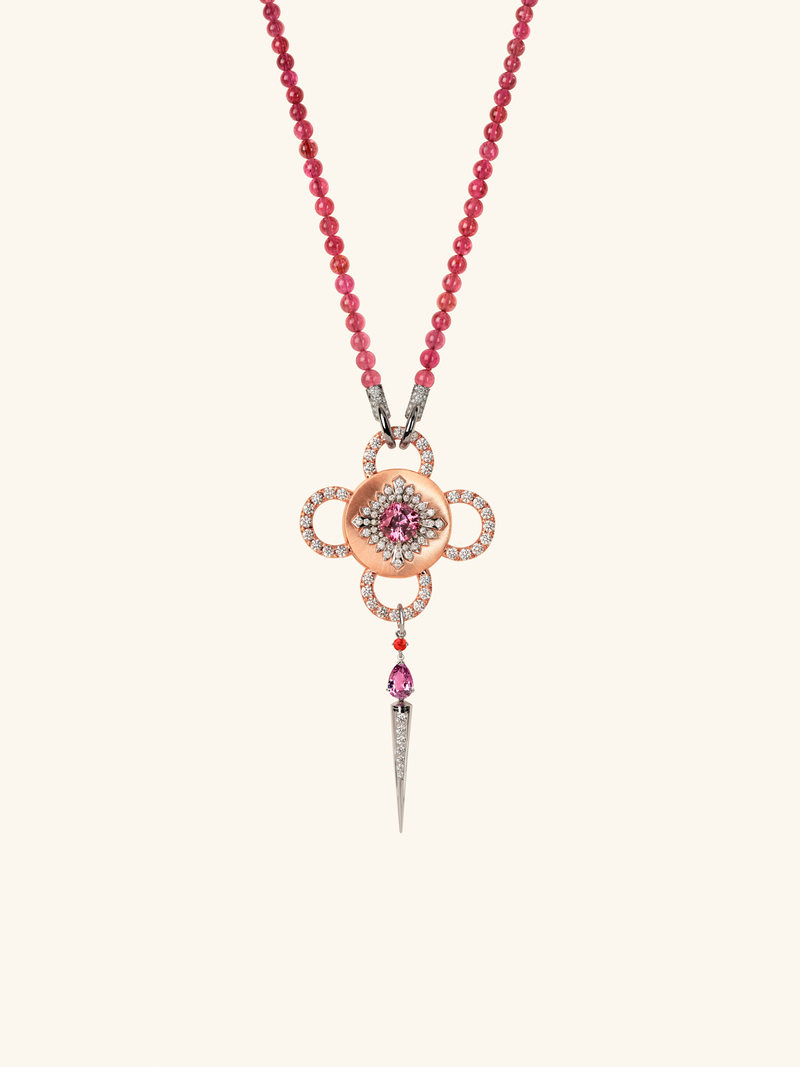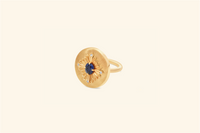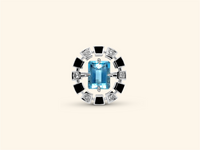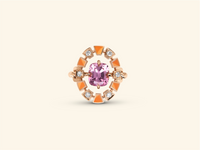LES PERLES FINES

Couleur : blanc, rose, argenté, crème, brun, vert, bleu, noir, gris, doré, aubergine, orange, violet.
La perle fine se crée naturellement dans les huitres habitant des fonds marins tempérés. On les trouve essentiellement le long des côtes du Bahreïn ou en Amérique centrale.
Leur couleur dépend des micro-organismes présents naturellement dans l’eau.
Dans l’Histoire
L’image de la perle se rattache aux larmes et à la rosée du matin. Dans l’antiquité, elles étaient associées à Aphrodite (Vénus pour les Romains), la déesse de l’amour et de la beauté, issue de l’écume de la mer qui, lors de sa naissance, secouant sa longue chevelure, aurait jeté des gouttes d’eau dans l’océan devenues perles…
La Reine des Perles pourrait bien être la plus belle que l’on connaisse dans le monde. Achetée en 1669 par Louis XIV, on la retrouve dans les inventaires des bijoux de la Couronne lors de la vente des biens nationaux pendant la Révolution française ; cependant elle aurait peut-être été volée en 1792. Une perle semblable se trouve actuellement au musée de Moscou…
“Faire une perle d’une larme : Du poète ici-bas voilà la passion, Voilà son bien, sa vie et son ambition”. A. de Musset – Impromptu
J. Vermeer, La Jeune Fille à la perle, huile sur toile, vers 1665, La Haye.
LES PERLES DE CULTURE
Origine : Japon, Australie et mers du sud
Dans l’histoire : À la fin du XIXe siècle, Kokichi Mikimoto, le fondateur de la Maison Mikimoto inventa la perle de culture afin de répondre à l’immense demande mondiale de perles.
Il a inventé une méthode consistant à greffer un minuscule morceau de nacre dans les huitres perlières. Cela permet, non seulement d’organiser la production mais aussi d’assurer de bonnes conditions de pêches.



